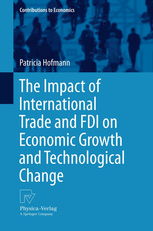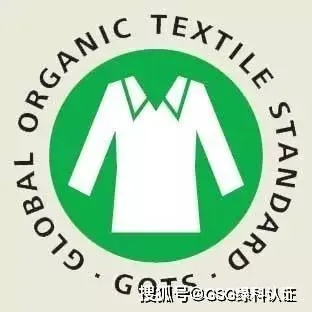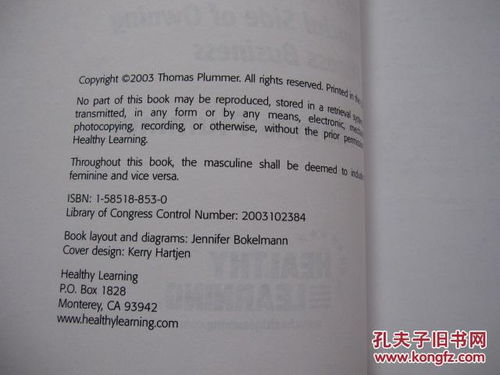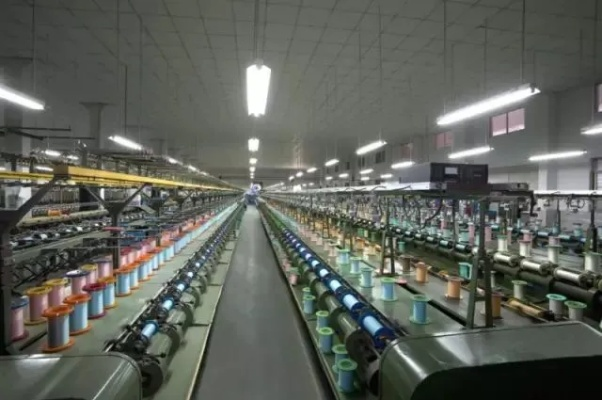The Impact of Textile Recycling on the Environment and Economics
Textile recycling has a significant impact on the environment and economy. It reduces waste and promotes sustainable development by utilizing textile scraps in various products such as carpets, clothing, and other household goods. The process of recycling not only conserves resources but also decreases greenhouse gas emissions and air pollution associated with landfilling textile waste. Economically, textile recycling creates jobs in the textile industry, supports local communities, and contributes to the growth of the global textile market. Furthermore, it lowers the cost of production for new textile products and helps to reduce the demand for raw materials, leading to cost savings for manufacturers and retailers alike. Overall, textile recycling is an essential aspect of environmental protection and economic sustainability that benefits both the environment and society.
Textile waste has become a pressing issue worldwide, with the production, use, and disposal of textile materials contributing significantly to environmental pollution. This report aims to provide a comprehensive analysis of the benefits and challenges associated with textile recycling, examining its impact on the environment and the broader economy. Through data analysis, case studies, and expert opinions, we will explore how this sustainable practice can help mitigate the adverse effects of textile waste and foster a more sustainable future.

Impact on the Environment:
- Reduced Pollution: Textile recycling reduces the amount of non-degradable textile waste entering landfills, which can harm soil quality, water bodies, and wildlife habitats.
- Emission Reduction: Textile waste contains significant amounts of synthetic fibers that decompose slowly, leading to increased greenhouse gas emissions and climate change. Recycling helps reduce these emissions by diverting textile waste from landfills to recycling facilities.
- Resource Recovery: Textile waste contains valuable materials such as polyamide, aramid, and cellulose. Upon recycling, these materials are repurposed for new products, reducing the need for raw material extraction from natural resources.
- Waste Management: Textile recycling helps manage waste by transforming waste into a valuable resource. It offers a cost-effective solution to waste management problems in industries such as apparel production, where textile waste is a significant contributor to environmental pollution.
Benefit to the Economy:
- Job Creation: Textile recycling provides numerous job opportunities in the industry, including those in collection, processing, and recycling facilities. This not only creates economic activity but also contributes to local employment growth.
- Value Addition: Recycled materials can be used to produce new textile products, offering a way to turn waste into value. This process not only saves resources but also generates income for businesses involved in the recycling industry.
- Cost-Effective: Textile recycling is cost-effective compared to traditional landfill disposal methods. By diverting textile waste from landfills, businesses and individuals can save money on waste management costs.
- Sustainable Growth: As consumer awareness about environmental sustainability increases, demand for recycled textiles is expected to grow. This demand can drive innovation in the textile recycling industry, leading to further economic development and job creation.
Case Study: European Recyclers Leading Industry
Europe's textile recycling industry is one of the world's most advanced. For example, in Germany, companies like BASF and Henkel have established successful recycling partnerships with local textile mills and retailers. These companies work closely with manufacturers to recycle textile scraps into high-quality yarns and fabrics, thereby reducing the amount of waste sent to landfills. In addition, these efforts have led to the creation of new jobs in the recycling sector and contributed to the circular economy movement, promoting sustainable consumption patterns.
Conclusion:
The benefits of textile recycling are clear, both environmentally and economically. By diverting textile waste from landfills and converting it into valuable materials, the textile recycling industry not only helps protect our planet but also supports economic growth and innovation. As consumer awareness of environmental responsibility grows, the demand for sustainable textile materials is likely to increase, driving further investment in the industry and creating even more job opportunities. It's time for policymakers, industry leaders, and consumers to recognize the importance of textile recycling and work together to promote its implementation across the globe.
本报告旨在分析纺织品回收过程中存在的问题,并探讨有效的解决策略,报告基于实际调查数据和案例分析,旨在为纺织品行业的可持续发展提供参考。
纺织品回收现状分析
-
回收率低 当前纺织品回收率普遍较低,主要原因是缺乏有效的回收渠道和政策支持,许多纺织品被随意丢弃,导致资源浪费和环境破坏。
-
回收处理技术落后 当前纺织品回收处理技术相对落后,主要采用简单的物理处理方式,难以满足高附加值的需求,回收处理过程中还存在环境污染问题。
问题分析

-
回收渠道不畅 当前纺织品回收渠道不畅,主要原因是缺乏有效的监管和引导,许多纺织品被遗弃在居民区、工业区等非正规回收点,缺乏有效的转运和集中处理机制。
-
政策支持不足 政策支持不足也是当前纺织品回收面临的问题之一,政府对于纺织品回收的重视程度不够,缺乏相应的法规和政策支持,导致回收工作难以开展。
案例说明
以某地区为例,该地区纺织品回收情况较为严重,该地区存在以下问题:
-
回收渠道不畅 该地区存在多个非正规回收点,纺织品被随意丢弃在街头巷尾,缺乏有效的转运和集中处理机制,由于缺乏有效的监管和引导,导致回收工作难以开展。
-
政策支持不足 在该地区,纺织品回收过程中存在一些违规行为,如随意丢弃有害物质等,政府对于纺织品回收的重视程度不够,缺乏相应的法规和政策支持,该地区的纺织品回收设施建设相对滞后,难以满足高附加值的需求。
问题解决策略
针对上述问题,提出以下解决策略:
-
拓展回收渠道 政府应加强与相关企业的合作,建立规范的回收渠道,提高纺织品回收率,政府应加强对非正规回收点的监管和引导,确保纺织品能够得到有效的转运和集中处理。
-
提高回收处理技术 政府和企业应加大投入,提高纺织品回收处理技术,采用先进的回收处理设备和技术,提高回收效率和质量,满足高附加值的需求,加强环保意识教育,减少环境污染。
纺织品回收过程中存在诸多问题,如回收率低、回收处理技术落后等,为了实现纺织品的可持续发展,需要拓展回收渠道、提高回收处理技术、加强政策支持等方面的工作,需要加强环保意识教育,提高公众对纺织品回收的认识和参与度,通过以上措施的实施,可以有效解决纺织品回收过程中存在的问题,促进纺织品的可持续发展。
Articles related to the knowledge points of this article:
Introduction to Textile Fireproof Testing



